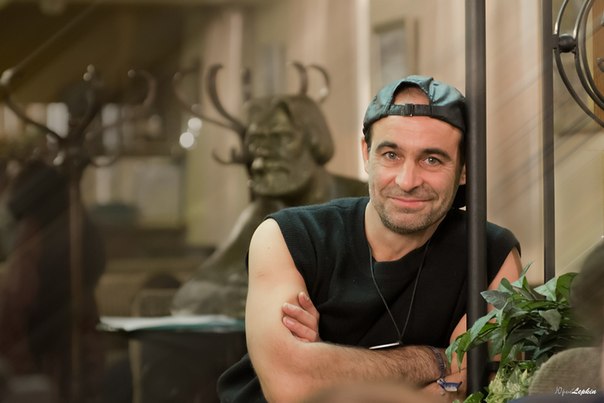Jasper Johns

Jasper Johns
Автор: Catherine Craft
Дата написания:
Издательство: Parkstone International Publishing
ISBN: 978-1-78042-997-7
Цена: 189.00 Руб.
заказать |
скачать |
читать
At a time when the dominant mode of painting, Abstract Expressionism, emphasised expressive drama through bold brushwork and largely abstract compositions, Johns’ paintings of the American flag, targets, numbers and the alphabet demonstrated a decided departure from convention. Despite being painted with obvious care, they seemed emotionally reticent, cool and quiet, far from the emotional fireworks then fashionable. “It all began… with my painting a picture of an American flag. Using this design took care of a great deal for me because I didn’t have to design it. So I went on to similar things like the targets – things the mind already knows. That gave me room to work on other levels. For instance, I’ve always thought of painting as a surface; painting it in one color made this very clear. Then I decided that looking at a painting should not require a special kind of focus like going to church. A picture ought to be looked at the same way you look at a radiator.” Unlike most artists’ statements in New York during the 1950s, Johns’ remarks contained none of the familiar talk of doubt and angst, and his selection of subject matter appeared deliberate, thoughtful, and far removed from emotional attachments and desires. To younger artists, his art seemed not so much cold and unfeeling as clear-eyed and honest after the excesses of Abstract Expressionism. Furthermore, in selecting recognisable subjects, Johns seemed to reject prevailing abstract modes of painting, yet his subjects themselves – flags, targets, numbers – each possessed a vital characteristic of classic abstraction, namely, a flatness rendering them all but indistinguishable from the picture plane itself. This book underlines how Johns’s work made the polarity between abstraction and representation that had dominated debates about modern art for decades seem suddenly obsolete, opening up other ways of thinking about art’s relation to the world. It also tries to understand why, since his first exhibition at the Leo Castelli Gallery at the age of twenty-seven, he has remained one of the major artists of the contemporary artistic scene.
Наши книги по математике и физике нанесли много вреда святым письменам. Место чудес у нас заняли дивные явления природы.
— Внучек, иди кушать! Еда на столе! — Иду, баб… — Иди, а то остынет… Внук встаёт из—за компьютера и идёт на кухню. Бабуля прыгает на его место у компьютера: — Повёлся, сопляк!
Новости
-

2016-09-25 01:24:59
Фотовыставка Джока Стерджеса под угрозой закрытияТолько что у нас появилась информация: Фотовыставка Джока Стерджеса "Джок Стерджес. Без смущения" в Центре фотографии имени...
-

2016-08-07 17:54:01
Отменен концерт памяти Высоцкого в Питере!Отменен концерт памяти Высоцкого в Питере!! Внимание, как мы узнали выступление музыканта Михаила Новицкого, чья песня "Путин,...
-

2016-07-08 02:21:37
Мария Алехина дебютирует в роли театрального режиссераМария Алехина дебютирует в роли театрального режиссера! Участница панк-группы Pussy Riot Мария Алехина дебютирует в роли...
-

2016-07-08 01:55:20
Фестиваль Веселый КоровякФестиваль Веселый Коровяк! Итак, у нас появилась информация: в программу фестиваля «Веселый коровяк», который состоится 9 июля...
Наша афиша
И ещё...
- Блог
- и т.д.
- На правах рекламы
- и т.п.
